Weather and Wind: How Conditions Change Your Game
Weather and wind elements significantly impact outdoor activities, particularly sports and recreational pursuits. From subtle shifts in ball trajectory to dramatic changes in player performance, atmospheric conditions play a crucial yet often underappreciated role in the outcome of any outdoor game. Understanding how these natural forces affect your activity isn’t just fascinating—it’s strategic. Whether you’re a professional athlete, weekend warrior, or casual player, developing weather awareness can transform your approach, improve performance, and sometimes even ensure safety. This comprehensive guide explores the multifaceted relationship between meteorological conditions and various sports, offering insights that will help you adapt your game plan when Mother Nature becomes an unexpected participant.
The Fundamental Physics of Wind and Sports Equipment
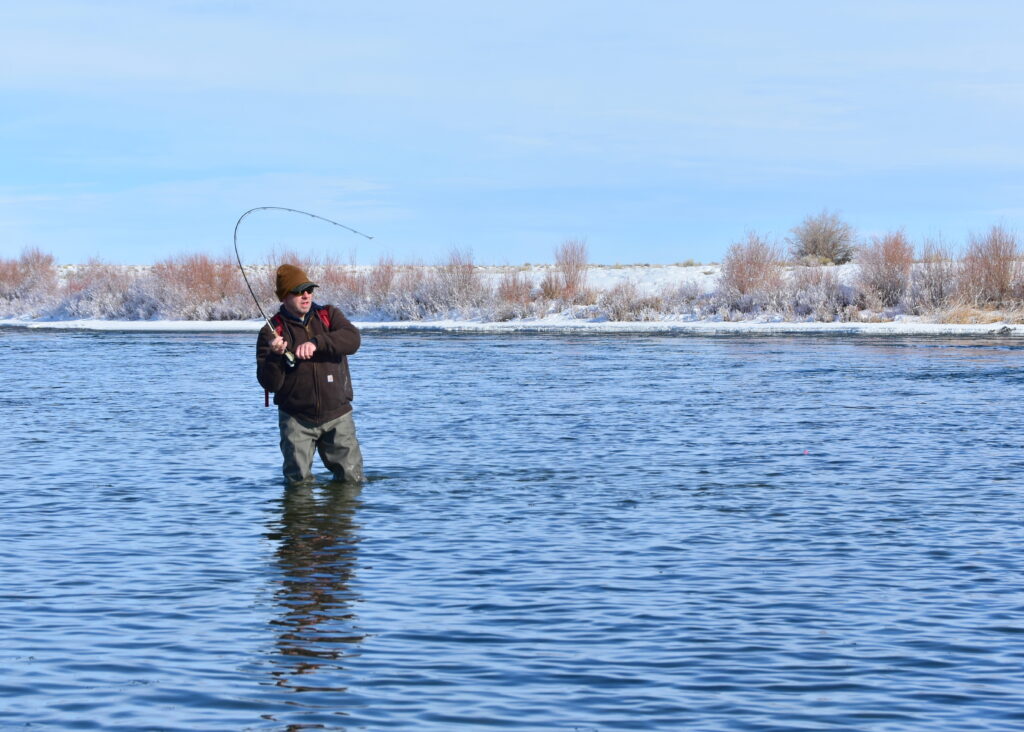
Wind creates aerodynamic forces that interact with sports equipment in complex ways, fundamentally altering performance characteristics. When air flows around a ball or other projectile, it creates pressure differentials that can lift, push, or drag the object from its intended path. This phenomenon, known as the Magnus effect, is particularly evident in sports involving spinning balls, where the interaction between rotation and airflow creates curved trajectories that wouldn’t exist in still conditions. For instance, a golf ball hit with backspin encounters uplift forces in headwinds that can dramatically increase carry distance, while crosswinds can shift the landing zone by dozens of yards. These physics principles apply across virtually all sports involving projectiles, though the specific effects vary based on the weight, shape, and surface characteristics of the equipment in question.
Temperature Effects on Equipment Performance

Temperature significantly alters the physical properties of sports equipment, often in ways that directly impact performance. Cold temperatures decrease the elasticity of balls in sports like tennis, basketball, and football, reducing bounce and making them feel “dead” or unresponsive. Golf balls, for example, lose approximately 2 yards of distance for every 10-degree Fahrenheit drop in temperature because the compressed air or materials inside contract and provide less energy return upon impact. Conversely, hot conditions can make balls livelier and more responsive, potentially increasing distance but reducing predictability and control. Equipment like racket strings, club faces, and even playing surfaces also respond to temperature changes, becoming stiffer in cold weather and more responsive in warmth. Strategic players must adapt their technique and equipment choices to account for these temperature-induced variations.
Humidity’s Hidden Impact on Ball Flight

Humidity levels create subtle but meaningful changes in how balls travel through the air, often influencing outcomes in precision sports. Contrary to common belief, humid air is less dense than dry air at the same temperature and pressure because water molecules weigh less than the nitrogen and oxygen they displace. This reduced air density in humid conditions means less aerodynamic resistance, allowing projectiles like baseballs, golf balls, and footballs to travel farther with the same applied force. In baseball, studies have shown that fly balls can travel up to 4-5 feet farther on highly humid days compared to dry conditions. Additionally, humidity affects grip and equipment handling—tennis players struggle with slippery racket handles in high humidity, while pitchers may find certain grips more difficult to execute precisely. These compounding effects make humidity an often-overlooked factor that savvy competitors monitor and adjust for.
Wind Direction Strategies: Playing With and Against the Elements
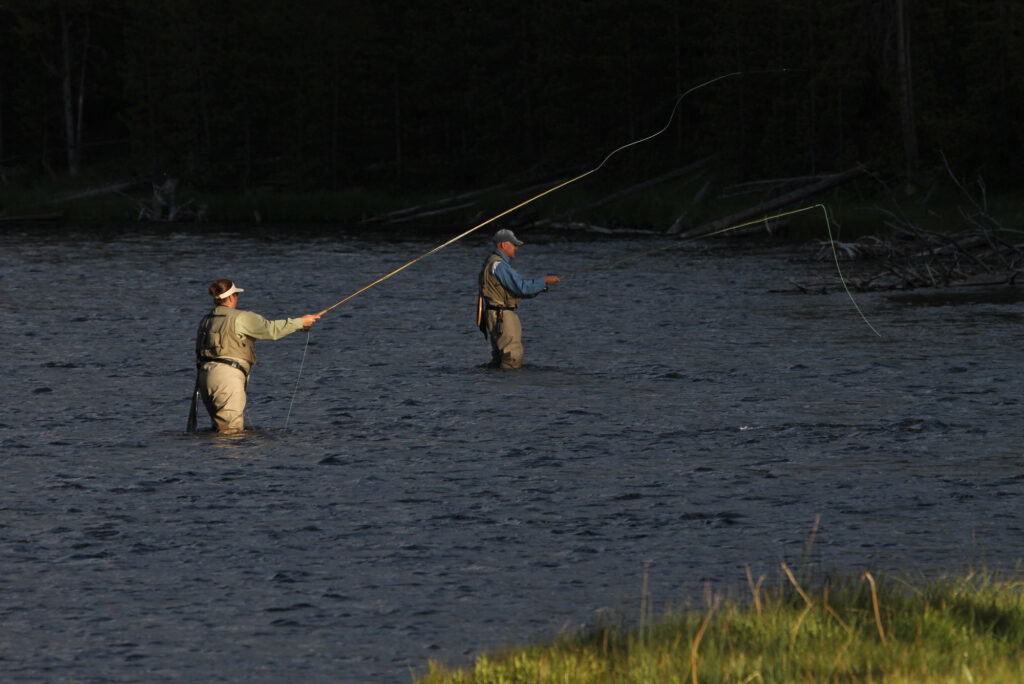
Strategic players develop specific techniques for managing different wind directions, turning potential disadvantages into competitive edges. When playing into headwinds, successful competitors typically use lower, more penetrating ball flights with increased power to counteract the wind’s resistance—golfers select stronger clubs and use “punch” techniques, while tennis players hit flatter, more direct shots. Tailwinds present the opposite challenge, requiring adjustments to prevent overshooting targets; skilled players reduce power and increase spin or loft to maintain control. Crosswinds demand the most technical adjustments, often requiring players to deliberately aim away from targets and allow the wind to bring the ball back toward the intended destination. This technique, known as “playing the wind,” involves visualizing curved rather than straight paths and requires significant practice to master. Developing a repertoire of wind-adapted techniques transforms weather from an obstacle into a strategic element that versatile players can exploit.
How Altitude Changes Game Dynamics
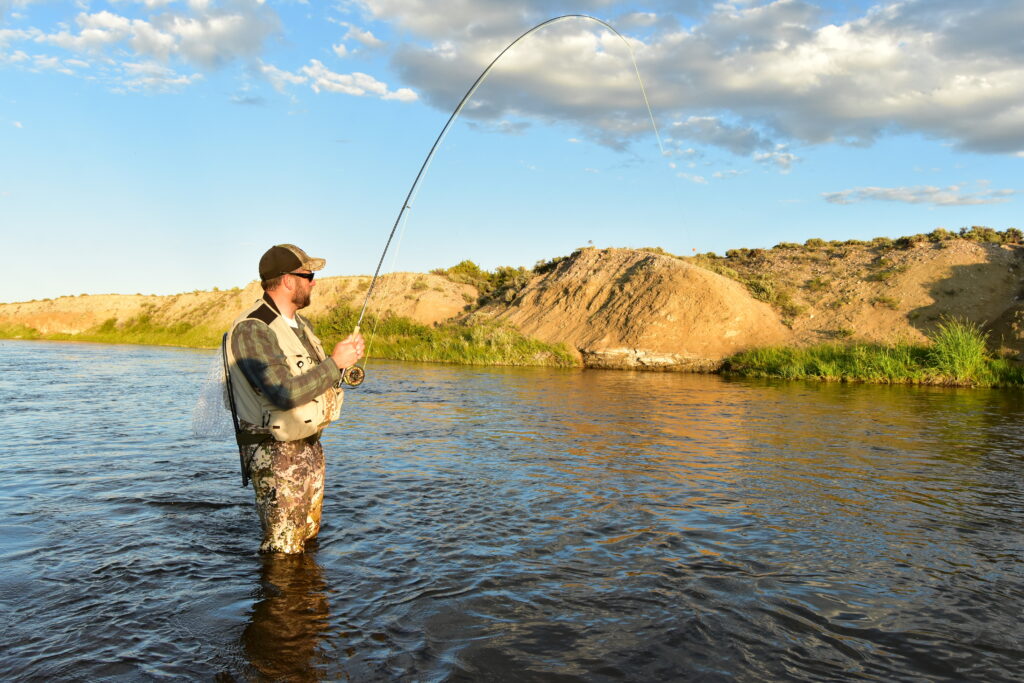
Altitude creates profound changes in equipment performance due to the thinner atmosphere found at higher elevations. At locations like Denver’s Mile High Stadium (5,280 feet above sea level) or Mexico City’s Estadio Azteca (7,200 feet), air density decreases by approximately 10-20% compared to sea level, reducing aerodynamic drag on moving objects. This physics reality translates to baseball traveling roughly 10% farther when hit with the same force, footballs flying longer distances on kicks, and golf balls gaining 5-7% more distance for each 1,000 feet of elevation gain. Beyond distance effects, the reduced air resistance also diminishes the effectiveness of certain pitches in baseball and alters the flight characteristics of curved shots in sports like soccer. Athletes competing at varying altitudes must recalibrate their expectations and techniques, often through pre-competition adaptation periods that allow their cardiovascular systems to adjust to the different oxygen availability while they simultaneously adapt their playing style to the altered equipment behavior.
Rain and Wet Conditions: Technique Modifications
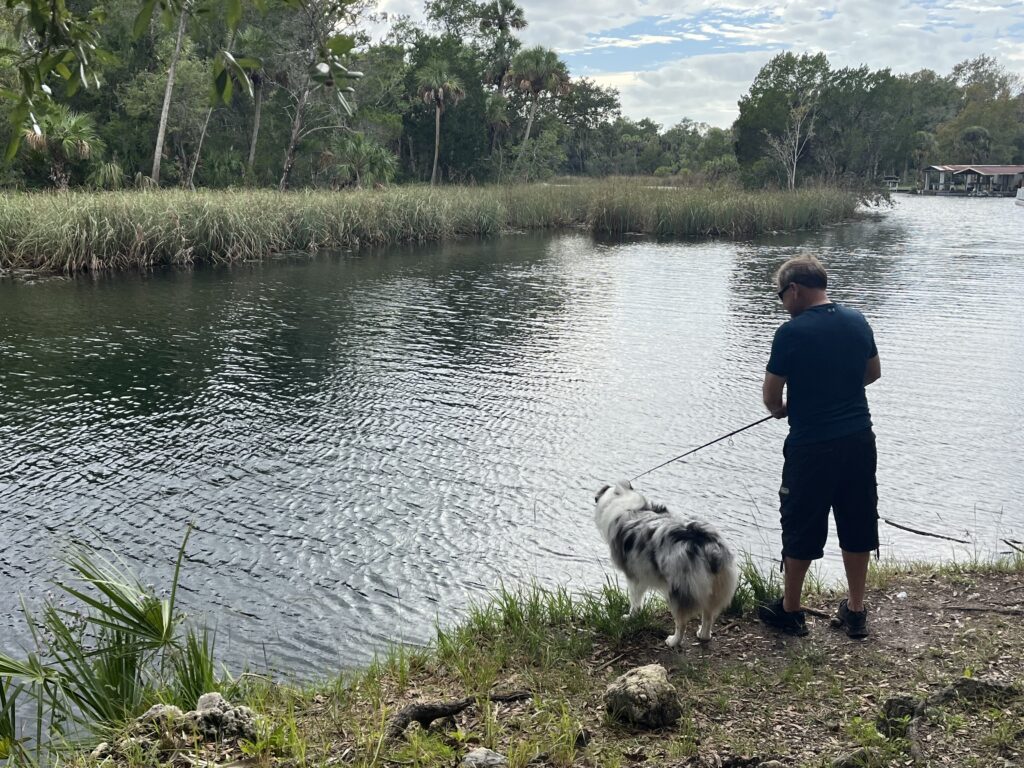
Wet playing conditions fundamentally transform the technical requirements across virtually all outdoor sports, demanding significant adaptations from competitors. Precipitation increases the weight of balls, reducing their responsiveness and distance potential while making them more difficult to grip properly during throws, kicks, or strokes. Playing surfaces become slick and unpredictable, with water creating a boundary layer that changes friction characteristics—tennis balls skid rather than bounce predictably, soccer balls accelerate unexpectedly on wet turf, and golf balls stop more abruptly on saturated greens. Successful competitors counter these challenges through specific technical adjustments: widening stance for better balance, modifying grip pressure, selecting equipment with better wet-weather performance characteristics, and often simplifying their game to reduce error potential. These adaptations extend beyond just performance to include safety considerations, as wet conditions significantly increase injury risks from slips and falls, particularly in high-speed or contact sports.
Psychological Effects of Playing in Adverse Weather

Weather conditions create significant psychological challenges that can impact performance as much as the physical effects on equipment and playing surfaces. Athletes often experience increased stress and mental fatigue when competing in uncomfortable conditions like extreme heat, cold, or wind, as their attention divides between the game itself and managing their physical discomfort. This cognitive load reduction can impair decision-making, reaction time, and strategic thinking during crucial moments. Additionally, adverse weather tends to amplify performance anxiety, with players becoming more concerned about potential mistakes that might be attributed to conditions. Mental toughness becomes a crucial differentiator in challenging weather, with resilient competitors maintaining focus despite discomfort and viewing difficult conditions as an opportunity rather than an obstacle. Elite athletes and teams often incorporate weather variables into their mental preparation, practicing visualization techniques specifically for adverse conditions to develop psychological adaptability alongside physical adjustments.
Seasonal Adaptations for Year-Round Athletes
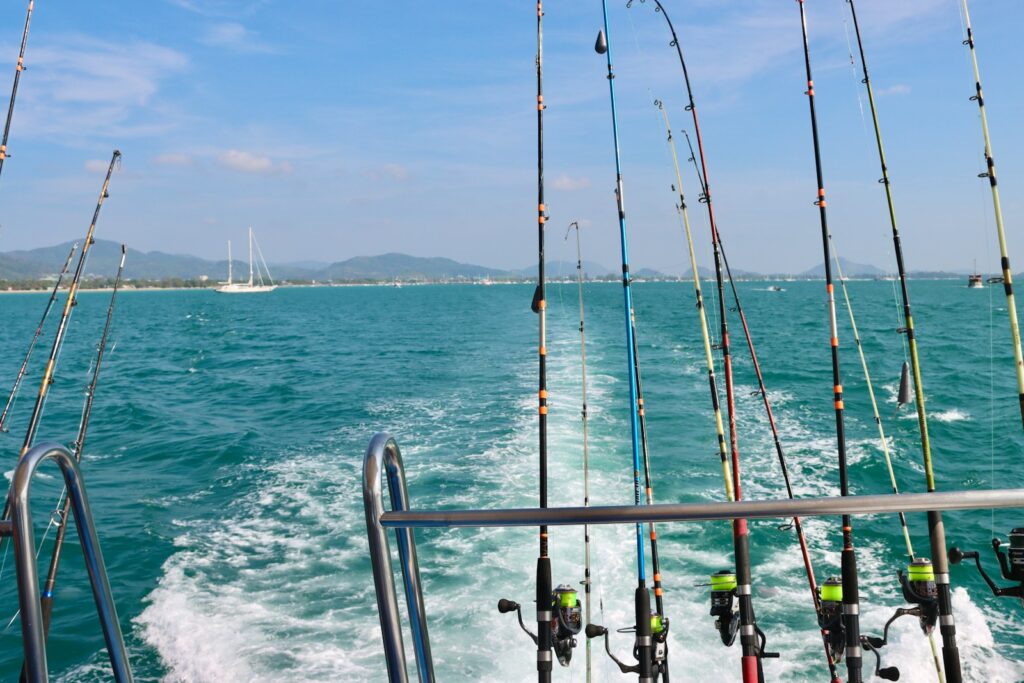
Year-round athletes must systematically modify their training, equipment, and expectations as seasons change to maintain performance consistency. Winter conditions typically necessitate more extensive warm-up routines to prevent injury in cold muscles and joints, alongside equipment modifications like thicker grips, specialized footwear, or cold-weather apparel that balances protection with mobility. Summer competition brings different challenges, particularly around hydration and energy management, with successful athletes developing comprehensive heat acclimatization protocols that prepare their bodies for efficient performance in elevated temperatures. Equipment choices shift seasonally as well—many golfers, for instance, switch to softer ball compositions in cold weather to maintain distance and feel, while using firmer, more durable options during hot months. Beyond these tactical adjustments, truly adaptable athletes modify their style of play seasonally, perhaps employing more conservative strategies during challenging winter conditions while becoming more aggressive when summer weather provides more predictable playing environments.
Wind Reading Techniques for Precision Sports

Master competitors in precision sports develop sophisticated systems for reading wind conditions, often detecting subtle air movements invisible to casual observers. Professional golfers and competitive archers evaluate multiple wind indicators simultaneously, checking flag movements at different elevations, observing tree branch motion, feeling airflow on exposed skin (especially ears and neck), and even watching how dust or grass clippings move near the ground to identify wind directions that might differ from prevailing breezes. Many elite competitors use systematic scanning patterns, checking distant indicators first to anticipate incoming gusts, then focusing on near-field signals to time their execution precisely. This information gathering extends to understanding how terrain features like hills, buildings, or tree lines create localized wind effects—knowledge that separates champions from competent performers. The most sophisticated practitioners develop a mental map of how winds typically behave on familiar courses or venues, accumulating location-specific insights that provide significant advantages during competition.
Forecasting and Pre-Game Planning for Weather Conditions
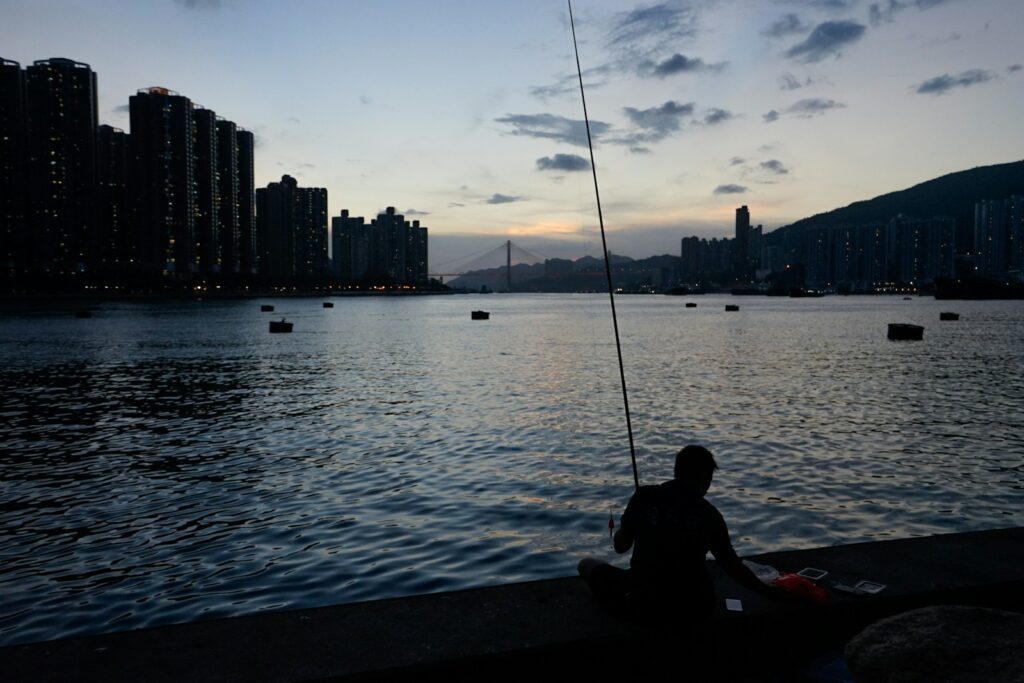
Strategic athletes and coaches incorporate weather forecasting into their preparation process, adapting game plans to anticipated conditions days before competition begins. Professional teams often employ meteorologists or weather specialists who provide detailed, venue-specific forecasts that go beyond general public weather reports, including information about wind patterns at different elevations, humidity changes throughout the day, and how conditions might evolve during the event. This advanced knowledge allows for targeted practice sessions that simulate expected conditions, equipment modifications like cleat length adjustments for anticipated field conditions, or even personnel decisions that favor players whose skills match well with forecasted weather. The planning extends to nutrition and hydration strategies, with teams preparing specialized protocols for extreme heat or cold. Modern weather planning also incorporates technology, with many elite competitors using weather-focused apps and portable weather stations during warm-ups to gather real-time data that might reveal late-breaking changes requiring last-minute adjustments.
Technology and Equipment Innovations for Weather Adaptation
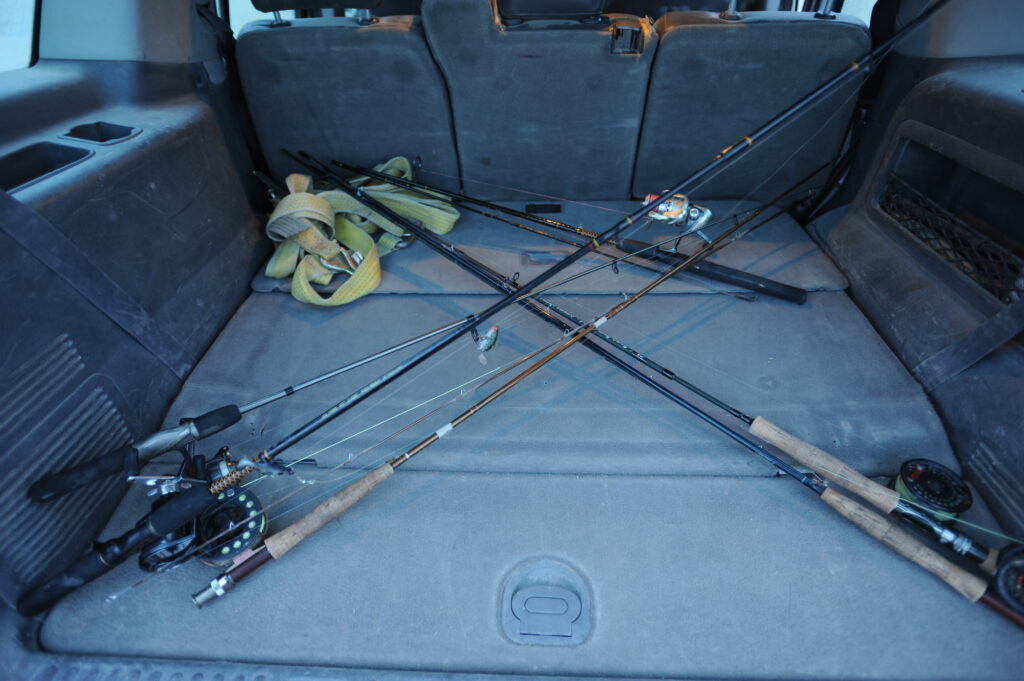
Manufacturers continue developing specialized equipment that helps athletes perform consistently despite challenging weather conditions. Advanced materials science has produced remarkable innovations like hydrophobic tennis racket strings that maintain tension and performance even in high humidity, golf club faces with variable friction patterns that perform predictably in both wet and dry conditions, and soccer balls with microfiber surfaces that maintain consistent flight characteristics across different weather scenarios. Clothing technology has evolved dramatically as well, with moisture-wicking fabrics, targeted ventilation systems, and layering approaches that help maintain optimal body temperature regardless of external conditions. Performance analytics technologies now incorporate weather variables into their calculations, with some systems providing specific recommendations about how to adjustthe technique based on current conditions. The most sophisticated competitors maintain specialized equipment selections for different weather profiles, selecting from their arsenal based on forecasted conditions rather than treating all playing scenarios identically.
Professional Insights: How Elite Athletes Manage Weather Variables
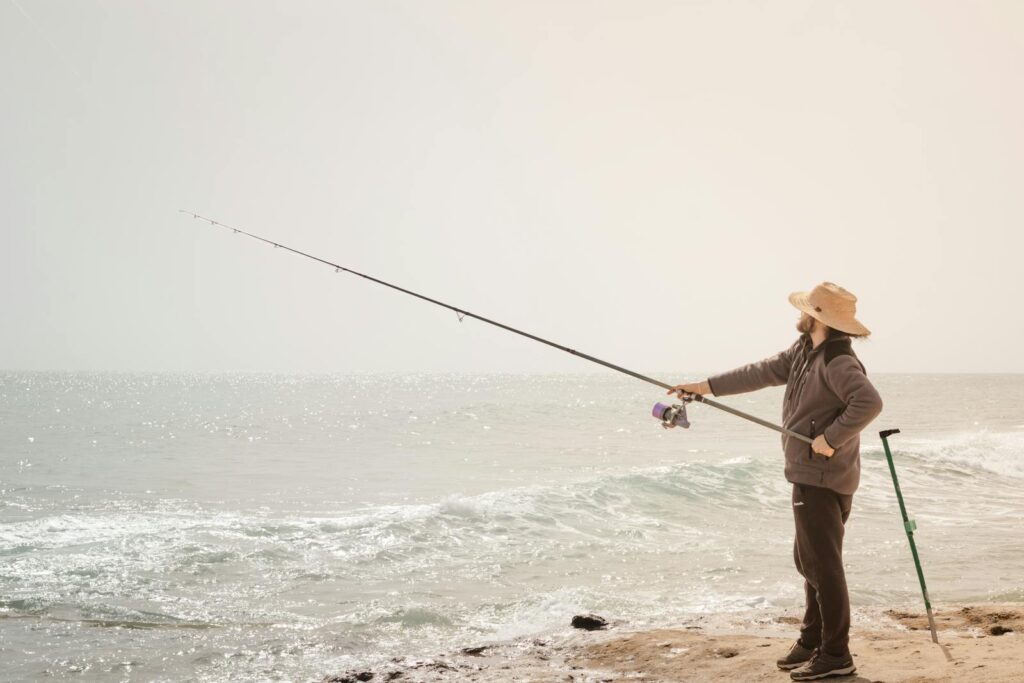
Elite athletes view weather not as an inconvenience but as a strategic element that can create competitive advantages when managed properly. Professional golfers like Tiger Woods and Phil Mickelson are renowned for their ability to shape shots specifically to capitalize on wind conditions, deliberately using crosswinds to access difficult pin positions that would be unreachable in still air. Tennis champions develop venue-specific knowledge about how wind typically circulates within particular stadiums, adjusting serving patterns and court positioning accordingly. In team sports, coaches design weather-specific playbooks with modified formations and strategies that capitalize on environmental conditions; football teams might emphasize ground attacks during windy games, while soccer teams adjust their pressing intensity based on temperature and humidity levels to manage player energy. The common thread among elite performers is their proactive rather than reactive approach—instead of simply coping with conditions, they actively seek ways to exploit weather variables that might trouble less prepared opponents.
Safety Considerations: When Weather Becomes Dangerous
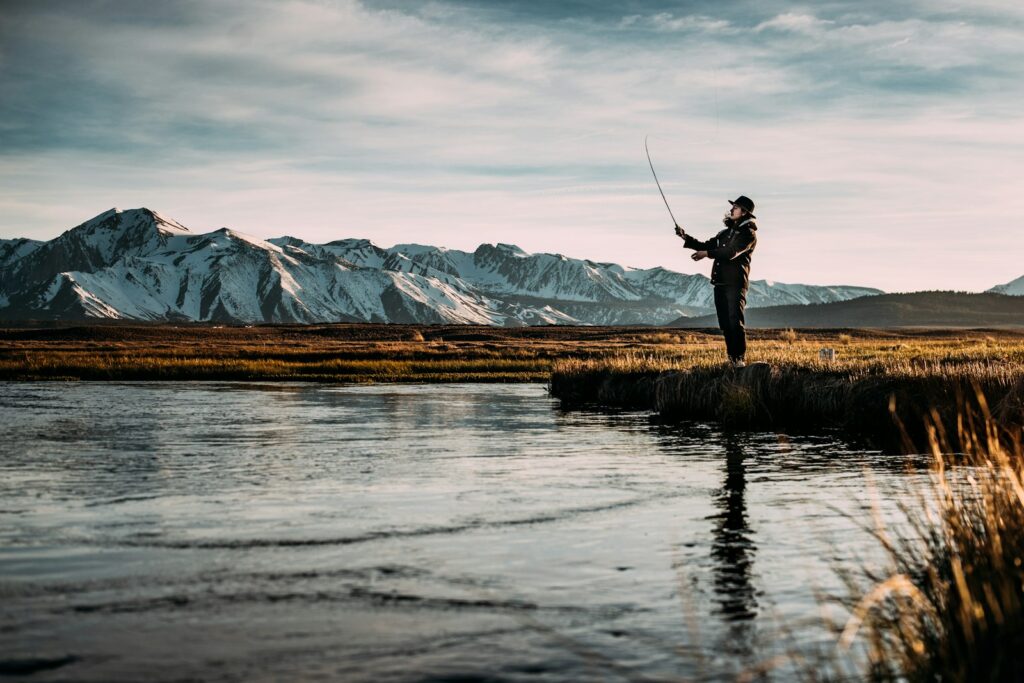
While most weather conditions present performance challenges, certain situations escalate to safety concerns that require immediate action. Lightning represents the most serious immediate threat in outdoor sports, with proper protocols requiring complete field evacuation when storms are within approximately 10 miles, as lightning can strike with little warning at these distances. Extreme heat creates potentially life-threatening conditions through heat illness progression from cramping to exhaustion and potentially heat stroke, requiring careful monitoring of wet-bulb globe temperature readings that combine heat, humidity, and solar radiation measurements to assess the body’s ability to cool itself. Cold weather brings different risks, particularly when combined with precipitation, as hypothermia can develop insidiously even in temperatures well above freezing when participants become wet and wind increases heat loss. Beyond these acute risks, cumulative exposure to ultraviolet radiation represents a significant long-term health concern for outdoor athletes, making sun protection an essential safety consideration rather than merely a comfort issue. Responsible athletes and event organizers develop clear decision-making frameworks for weather-related postponements or cancellations, prioritizing participant safety above competitive considerations.
Conclusion: Mastering the Fifth Opponent
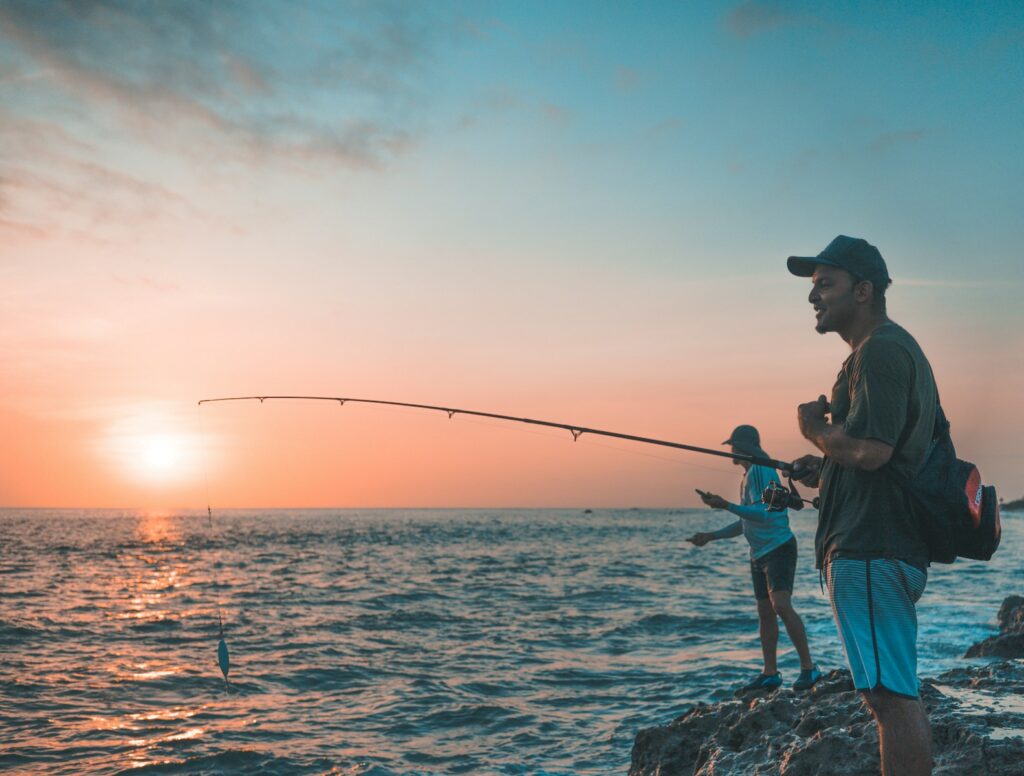
Weather represents the intangible opponent in every outdoor competition—a force that affects all participants equally yet impacts each differently based on their preparation and adaptability. The most successful athletes develop comprehensive weather management systems that include technical adjustments, equipment modifications, mental preparation, and strategic adaptations. Rather than viewing challenging conditions as unwelcome complications, elite performers recognize weather as an opportunity to separate themselves from competitors through superior preparation and execution. By developing your systematic approach to weather adaptation, you transform unpredictable conditions from frustrating variables into strategic opportunities. In the ongoing chess match between athletes and the elements, the advantage goes to those who prepare most thoroughly, adapt most readily, and maintain the mental resilience to perform despite nature’s ever-changing challenges.


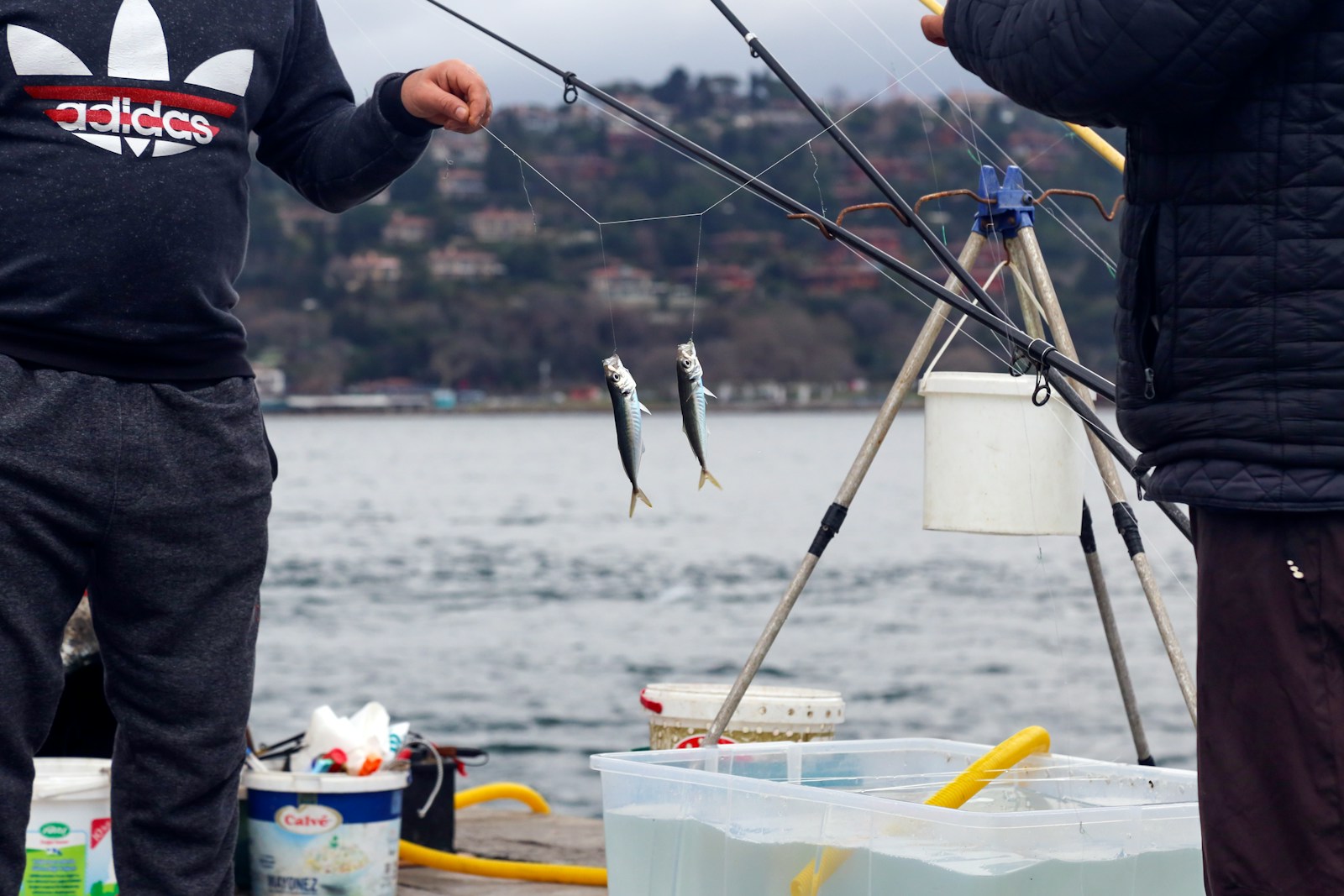











Post Comment